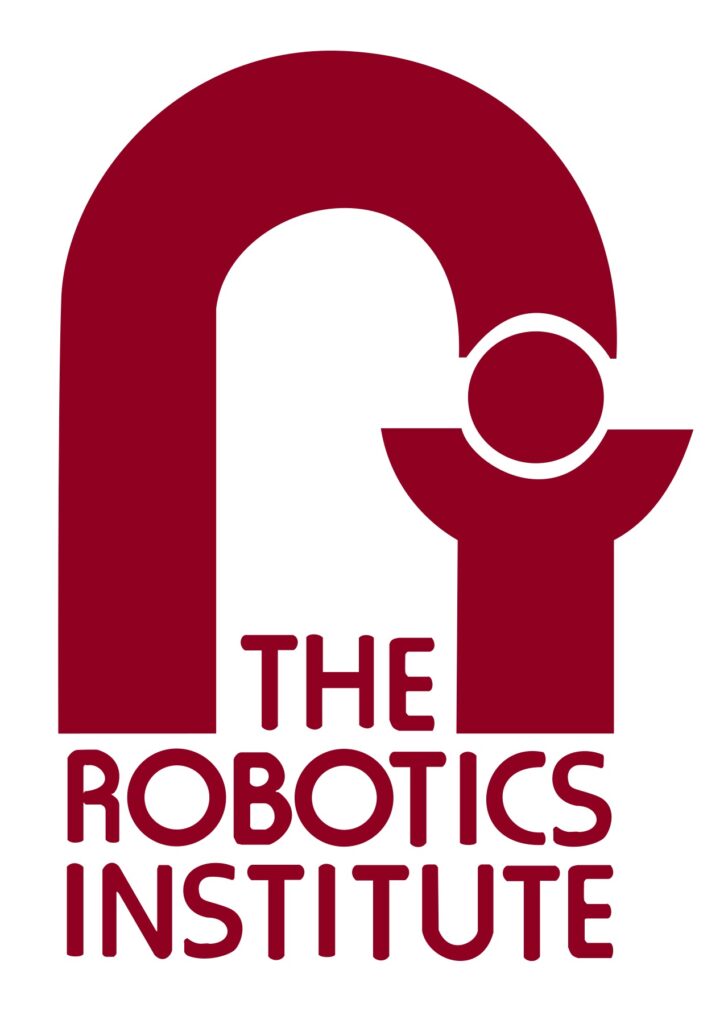
Pittsburgh, a city forged in the fiery heart of industrial America, owes much of its modern identity to the visionary philanthropy of Andrew Carnegie. His establishment of the Carnegie Technical Schools in 1900 wasn’t just an act of charity; it was a strategic investment in the future of the region. Recognizing the practical skills needed to fuel the burgeoning steel industry and related trades, Carnegie envisioned an institution that would empower the working class with tangible expertise. Robotics companies in Pittsburgh are leading the way in innovation, fueled by world-class research from Carnegie Mellon University and a vibrant tech ecosystem. This initial focus on vocational training, encompassing disciplines like mechanics, electricity, and drafting, laid a crucial foundation for the university’s later evolution into a global research powerhouse.
Key Takeaways:
- Historical Foundation: Pittsburgh’s industrial legacy and the founding of Carnegie Technical Schools by Andrew Carnegie created a strong base for technical innovation and engineering excellence.
- Rise of Robotics: Carnegie Mellon University (CMU), formed from a merger with the Mellon Institute, pioneered research in robotics, computer science, and artificial intelligence.
- Economic Shift: As steel mills declined, Pittsburgh reinvented itself with a focus on “Eds and Meds,” with robotics becoming a cornerstone of the new economy.
- Tech Ecosystem Growth: CMU’s world-class programs fueled the rise of a thriving robotics and tech startup scene, attracting investment and top-tier talent to Pittsburgh.
- Symbiotic Relationship: CMU and Pittsburgh have grown together, with the university’s innovations propelling the city’s transformation into a modern technology hub.
The early decades of the 20th century witnessed Pittsburgh’s ascent as an industrial titan. The rivers, the Allegheny, Monongahela, and Ohio, became arteries of commerce, choked with barges carrying coal, iron ore, and the steel that built the nation’s infrastructure. Carnegie Tech, strategically located within this dynamic environment, played a vital role in supplying the skilled workforce that kept the mills humming and the factories producing. Departments dedicated to engineering disciplines flourished, mirroring the city’s industrial might. However, even in these early years, Carnegie’s vision extended beyond mere technical training. The inclusion of a School of Fine Arts reflected his belief in a well-rounded education and the importance of culture in a thriving society.
The mid-20th century brought significant shifts for both Pittsburgh and Carnegie Tech. The post-World War II era saw a gradual decline in the dominance of heavy industry, prompting Pittsburgh to confront the need for economic diversification. Simultaneously, Carnegie Tech recognized the imperative to broaden its academic horizons to remain relevant in an increasingly complex world. This period of introspection and adaptation culminated in the transformative 1967 merger with the Mellon Institute of Industrial Research.
The Mellon Institute, established by the Mellon family, had a strong reputation for scientific inquiry and advanced research. The fusion of Carnegie Tech’s practical, engineering-focused approach with the Mellon Institute’s deep scientific expertise proved to be a synergistic masterstroke. The newly christened Carnegie Mellon University emerged as a unique institution, one that seamlessly blended theoretical knowledge with practical application, a hallmark that continues to define its academic philosophy. This merger also propelled CMU into the burgeoning fields of computer science and artificial intelligence, areas where its impact would soon become globally recognized.
Pittsburgh’s own transformation mirrored CMU’s evolution. As the steel mills began to fall silent, the city embarked on a journey to reinvent itself as a center for technology, healthcare, and education – the “Eds and Meds” economy. CMU became an indispensable catalyst in this transition. Its cutting-edge research in robotics, AI, software engineering, and biotechnology attracted significant investment and fostered the growth of a vibrant ecosystem of startups and established technology companies within the city. The university’s graduates, equipped with highly sought-after skills and innovative mindsets, became the driving force behind this economic resurgence.
CMU’s pioneering work in robotics and artificial intelligence, fields it has championed for decades, has not only shaped technological advancements globally but has also deeply impacted Pittsburgh itself. The National Robotics Engineering Center (NREC), a part of CMU’s Robotics Institute, has been instrumental in developing groundbreaking technologies for industries ranging from agriculture to defense. The university’s computer science department consistently ranks among the top in the world, attracting brilliant minds and producing graduates who are at the forefront of innovation in Silicon Valley and beyond, many of whom also choose to stay and contribute to Pittsburgh’s growing tech scene.
The relationship between CMU and Pittsburgh is a powerful example of symbiotic growth. The university benefits from the city’s rich history, its resilient spirit, and its evolving infrastructure. In turn, CMU injects intellectual vitality, drives economic development, and enhances Pittsburgh’s reputation as a hub of innovation and learning. The presence of a world-class institution like CMU attracts talent from across the globe, contributing to the city’s cultural diversity and its dynamic intellectual landscape.
Today, Pittsburgh stands as a testament to its capacity for reinvention, a city that honors its industrial heritage while embracing a future driven by knowledge and technology. Carnegie Mellon University remains a cornerstone of this transformation, a beacon of innovation whose history is inextricably linked with the ongoing story of Pittsburgh’s resilience and progress. The expanded narrative reveals a deeper understanding of how these two entities have shaped and continue to influence each other, creating a legacy of innovation that extends far beyond the initial 500 words.
Why are robotics companies thriving in Pittsburgh?
Robotics companies thrive in Pittsburgh due to Carnegie Mellon University’s leadership in AI and robotics research, a skilled talent pool, and strong support from both private and public sectors.
What role does CMU play in Pittsburgh’s robotics scene?
CMU, especially through initiatives like the National Robotics Engineering Center, has been central in advancing robotics technology and fostering startups that anchor Pittsburgh’s innovation economy.
How has Pittsburgh’s economy evolved alongside robotics?
After the decline of the steel industry, Pittsburgh successfully shifted towards education, healthcare, and high-tech sectors, with robotics leading the charge in its economic revitalization.


